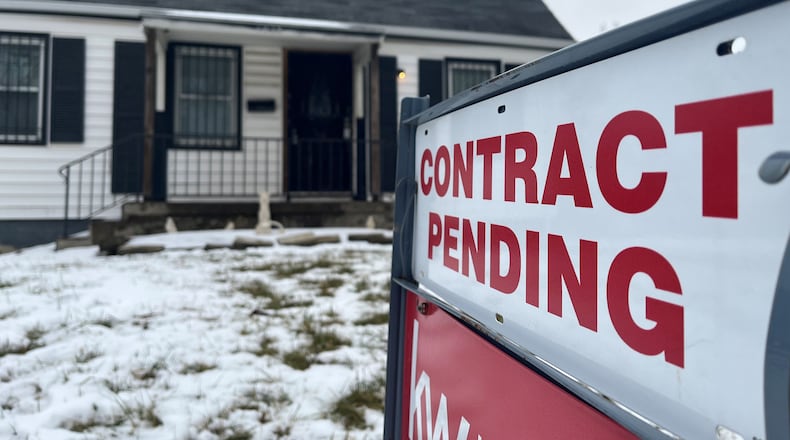However, some realtors and homeownership advocates say home prices are rising, competition among homebuyers is stiff and the amount of available product falls far short of demand.
A new study by the National Association of Realtors found the Dayton metro area ranked in the top 10 metro areas in the country for its inventory of homes for sale that are affordable for households earning between $15,000 and $49,999 annually.
In this region, nearly 300 homes are for sale that are affordable to households earning $25,000 to $34,999, and there are nearly 440 that are affordable to households earning $35,000 to $49,999, the study found.
That equates to one affordable home for sale for every 100 to 102 households in those income brackets.
The study also says the Dayton region has 154 homes listed for sale that should be affordable to households earning $15,000 to $24,999.
That means for every 203 households in the Dayton region in that income category, there is one home for sale they can afford, the study found.
Affordability, as defined by the National Association of Realtors, is based on a fixed-rate, 30-year mortgage and the idea that households should not spend more than 30% of their incomes on housing.
The report found that housing across the nation became less affordable in the last couple of years — making it even more difficult to purchase a home, especially for people in the lower income levels, Evangelou said.
Nationwide, there is one affordable listing for every 150 households that earn $35,000 to $50,000, she said, compared to one affordable listing for every 100 households earning that level of income in the Dayton metro area.
“This is actually a very good thing,” she said. “This means that people in the lower income levels are more likely to become homeowners and start building wealth in this area.”
The Dayton region may become a more attractive place to relocate to as people increasingly look to move to affordable areas, she said.
The report also says that about two-thirds of Black households in the Dayton region earn less than $50,000 per year, but Black households earning $35,000 to $49,999 can afford nearly half of the local homes listed for sale.
Dayton historically has had an affordable housing market, but home prices have increased dramatically in the last few years, said Julie Deacon, executive director of the HomeOwnership Center in Dayton.
The center’s clients have been struggling due to decreasing housing affordability, and long-term effects of inflation also could spell trouble, she said.
“Affordability is different for each household and not based on income alone,” she said. “Debt plays a huge role in the determination of what is affordable.”
The community needs to do everything it can to increase the homeownership rate of the Black community, Deacon said, and the center has partnered with Aloft Dayton to provide up to $10,000 in downpayment assistance for home purchases in northwest Dayton, with a forgivable loan.
The local housing market’s inventory level is extremely low compared to recent years, which is pushing up prices and hurting potential first-time homebuyers, said Cora Diggs, a realtor with HER Realtors who primarily sells homes in neighborhoods and communities north of Dayton’s core.
For example, Diggs said, very few homes are listed for sale in the 45406 zip code on the MLS real estate online portal.
The zip code — which includes large sections of northwest Dayton — used to have many times the number of home listings currently available, she said.
“I’ve been selling real estate 36 years ... and in all of my 36 years I’ve never experienced a lack of inventory like this,” she said, noting that many homes get multiple offers shortly after hitting the market, often above asking price. “This is a first and it’s really frustrating for the consumer.”




